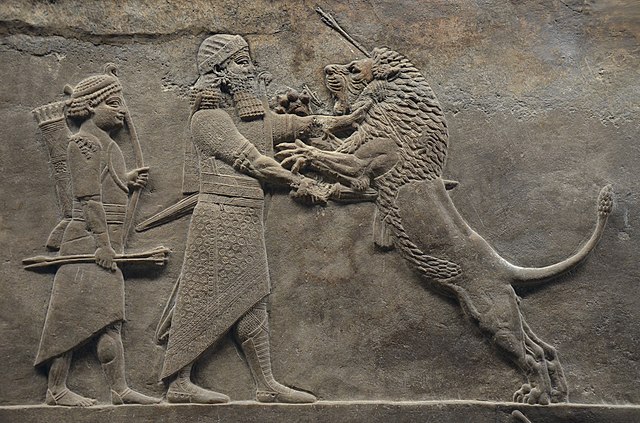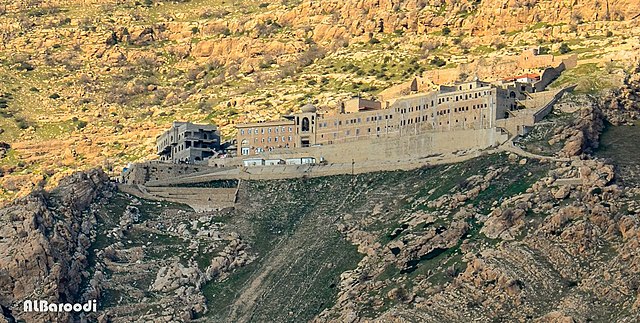Assyrian continuity is the study of continuity between the modern Assyrian people, a Semitic indigenous ethnic, religious, and linguistic minority in the Middle East, and the people of Ancient Mesopotamia in general and ancient Assyria in particular. Assyrian continuity and Mesopotamian heritage is a key part of the identity of the modern Assyrian people. No archaeological, genetic, linguistic, anthropological, or written historical evidence exists of the original Assyrian and Mesopotamian population being exterminated, removed, bred out, or replaced in the aftermath of the fall of the Assyrian Empire, modern contemporary scholarship "almost unilaterally" supports Assyrian continuity, recognizing the modern Assyrians as the ethnic, linguistic, historical, and genetic descendants of the East Assyrian-speaking population of Bronze Age and Iron Age Assyria specifically, and Mesopotamia in general, which were composed of both the old native Assyrian population and of neighboring settlers in the Assyrian heartland.

Assyrians celebrating the annual festival of Kha b-Nisan (Akitu) in Duhok, Iraq
Fall of Nineveh (1829) by John Martin
Stele in the style of ancient Assyrian royal steles, inscribed in Aramaic and erected in Assur in the 2nd century AD (under Parthian rule) by the local ruler Rʻuth-Assor
Glazed tile from Nimrud depicting a Neo-Assyrian king, accompanied by attendants
Assyrians are an indigenous ethnic group native to Mesopotamia, a geographical region in West Asia. Modern Assyrians descend directly from Ancient Mesopotamians such as ancient Assyrians and Babylonians. Modern Assyrians may culturally self-identify as Syriacs, Chaldeans, or Arameans for religious, geographic, and tribal identification.
Chaldean Catholics praying in a Holy Qurbana in Baghdad, Iraq
Part of the Lion Hunt of Ashurbanipal, c. 645–635 BC
Mor Mattai Monastery (Dayro d-Mor Mattai) in, Bartella, Nineveh, Iraq. It is recognized as one of the oldest Christian monasteries in existence. It is famous for its magnificent library and a considerable collection of Syriac Christian manuscripts
Assyrian Mar Toma Church near Urmia, Iran.








